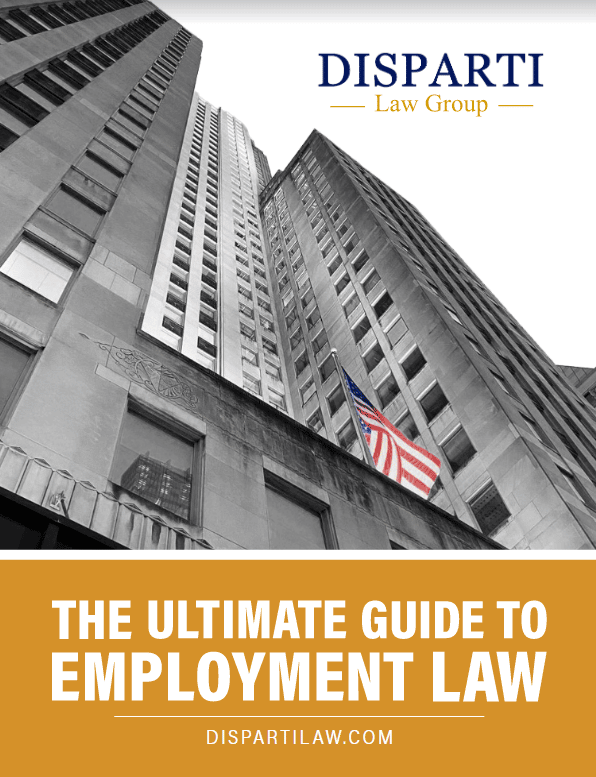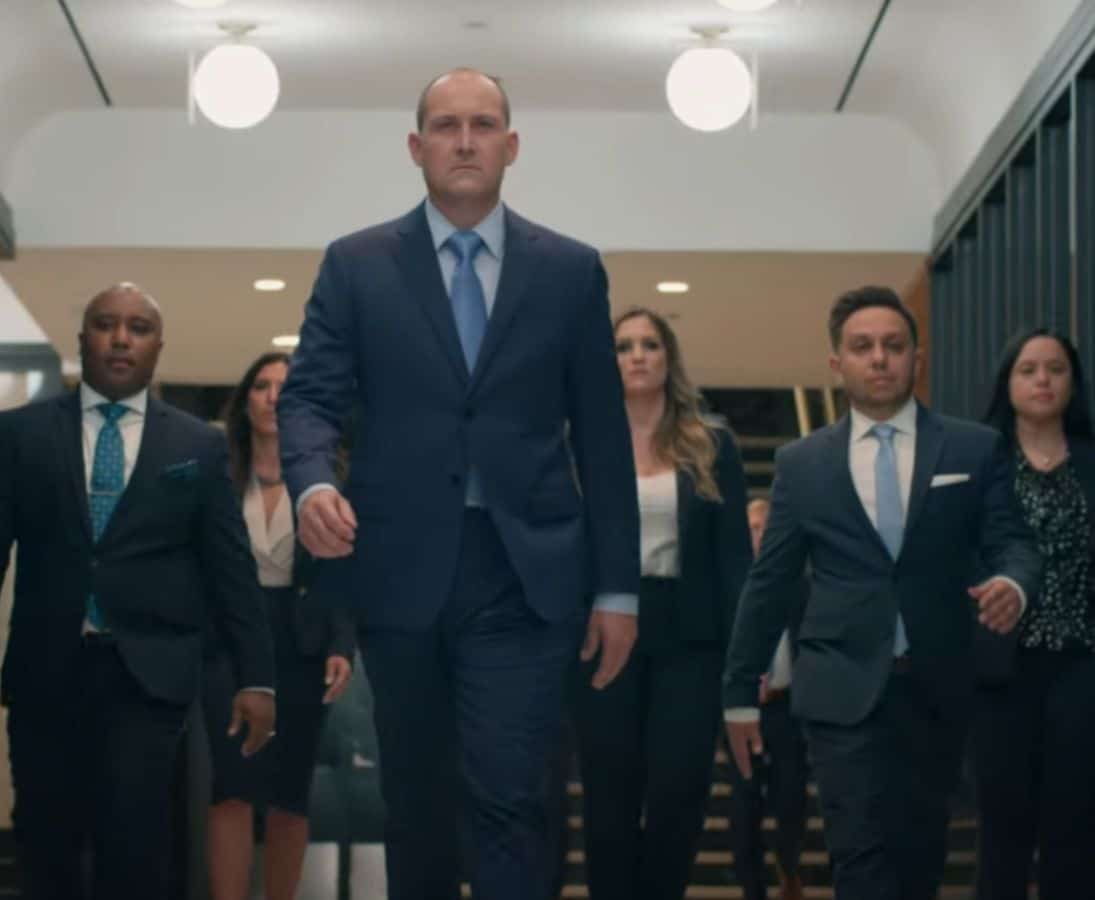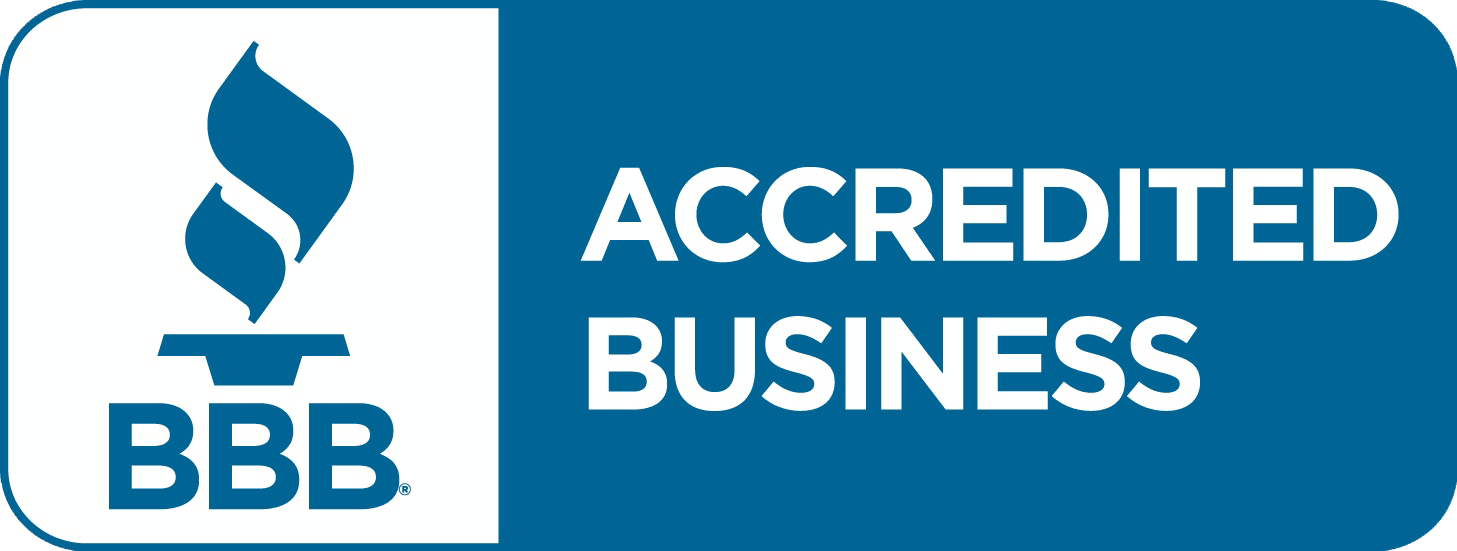Medicine has come a long way in the past several decades. Modern medical doctors could prescribe medication used to treat everything from high blood pressure to serious infections and chronic mental health conditions. To ensure their safety and efficacy, these medications typically cannot be marketed for human use without undergoing a strict and lengthy approval process.
Despite the rules governing how these drugs may be designed and manufactured, many makers are ignorant of or choose to ignore them in the name of profit. This could result in products entering the market that were not properly tested or that are known to be unreasonably dangerous. If a patient takes this medication and is then injured, they may have the right to seek compensation.
A Cook County dangerous drugs lawyer could help you hold negligent drug companies responsible for their actions. If retained, one our compassionate personal injury attorneys could work to investigate the testing procedures used for the drug, apply this knowledge to FDA and Illinois laws, and file lawsuits that demand compensation for your losses.
Testing and Labelling Requirements for Drugs
All medications, whether they are available over the counter or by a doctor’s prescription, must undergo lengthy testing and clinical trials before being released for public consumption. The Food and Drug Administration conducts these tests to discover any potential side effects that may arise from taking the drug and to determine if the drug is reasonably safe for human use.
Putting any foreign substance into the body may be risky and may lead to injuries or even death in extreme cases. A patient and their doctor must be able to completely and accurately weigh the costs and benefits of taking the drug. Drug manufacturers are required to disclose all known side effects that may result from taking their drug and any known reactions with other medications.
While the maker of a dangerous drug may escape liability if the drug is not used as intended, or if the side effect suffered by the patient was properly disclosed, unexpected dangers or non-disclosed hazards may be examples of drug maker negligence. A Cook County lawyer could work to catalog all the dangerous drugs damages caused and hold the responsible drug manufacturer liable for all of them.
How a Plaintiff Could Prove a Case
Illinois law provides two paths forward for people injured by dangerous drugs. A defense Attorney could argue that the drug maker was negligent in failing to provide a reasonably safe product. Since the makers of all products—even those that may be inherently dangerous—have a duty to protect their customers, any failure to warn them of potential harm or errors in the manufacturing process may be indicative of negligence.
The other potential avenue for compensation in Illinois is strict liability. The 1983 case of Coney v. J.L.G. Industries, Inc. established that a court may assume a drug maker to be at fault if:
- The injury resulted from a defect in the condition of the product
- The defect was unreasonably dangerous
- The defect existed at the time that the product left the maker’s control
Skilled dangerous drugs lawyers in Cook County could be familiar with the precedent this case set and its effect on modern-day civil suits. If retained, they could help injured plaintiffs choose the legal strategy that gives them the best chance of success with their cases.
Consulting with a Cook County Dangerous Drugs Attorney
Even if a patient takes a drug with full knowledge of the potential harms, errors in the manufacturing of the drug or undisclosed hazards that were known to the maker could be the source of a personal injury claim. A Cook County dangerous drugs lawyer could help you understand the law, gather vital evidence, and work with experts who can testify on your behalf in court about how the drug makers were negligent.
You may need to act quickly if you want to recover damages after taking a dangerous drug. 735 ILCS 5/12-901 states that all cases alleging personal injury must be in court no more than two years from the date of injury. Contact an attorney today to get started on your case.















